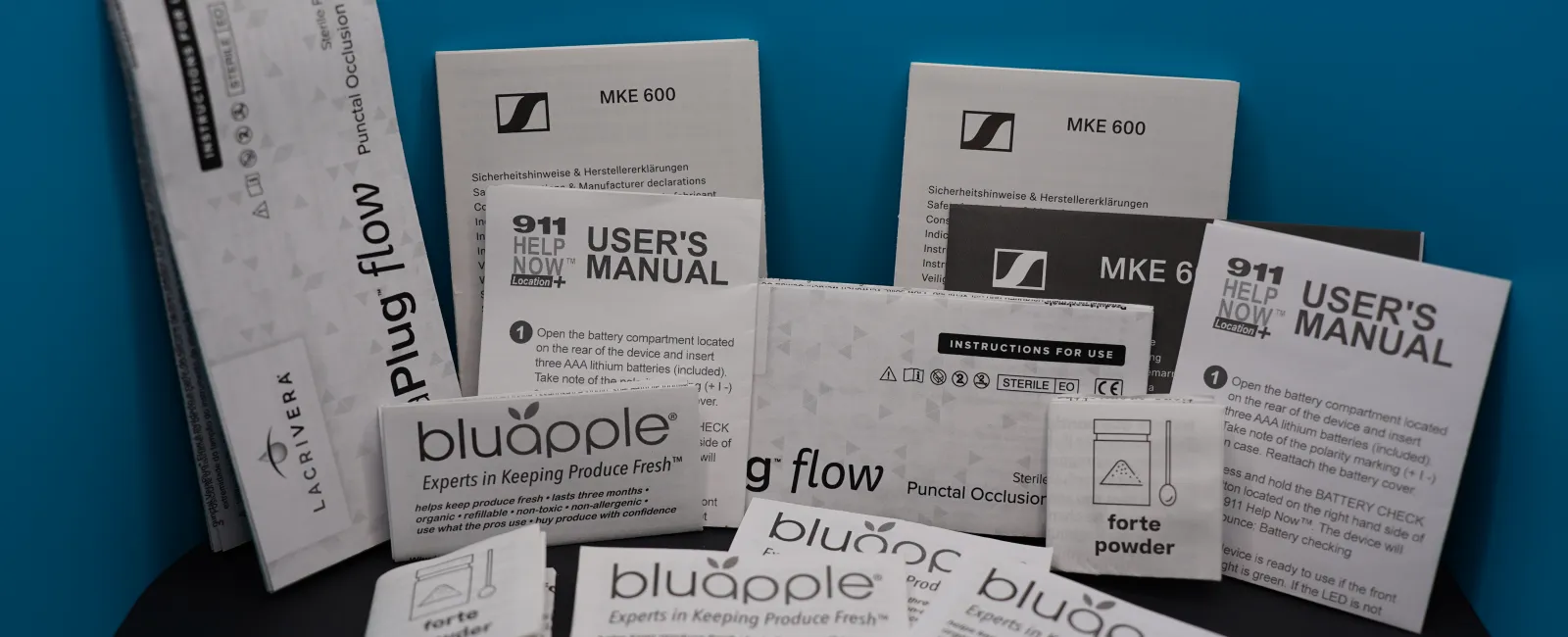Understanding Standard Rack Card Dimensions
Rack cards are a staple in marketing and information dissemination. They are compact, easy to distribute, and can pack a punch with the right design.
But what makes a rack card effective? One key factor is its size.
In this guide, we dive into the standard dimensions of rack cards. We'll explore why size matters, what the common sizes are, and how to choose the right dimensions for your needs. Let's get started.
What is a Rack Card?
A rack card is a promotional tool. It's typically a rectangular piece of paper or card stock.
These cards are designed to be placed in racks or stands. You'll often find them in hotels, landmarks, or other high-traffic areas.
They provide information about a business, service, or event. They're a great way to catch the eye of potential customers or attendees.
Importance of Rack Card Dimensions
The size of a rack card matters. It's crucial for both visibility and convenience.
A standard-sized card fits perfectly in display racks. It's easy for people to pick up and read.
On the other hand, an oversized card might not fit. It could get overlooked or discarded.
Similarly, a card that's too small might get lost among larger ones. It's all about striking the right balance.
Standard Rack Card Sizes
The most common size for a rack card is 4 inches by 9 inches. This size is widely accepted and fits most display racks.
However, the size can vary. It depends on the rack or display they are intended for.
For instance, some businesses may opt for a slightly larger or smaller card. It's all about what works best for your specific needs.
Here's the standard size for reference:
- 4 inches by 9 inches
Remember, the key is to ensure your card stands out, while still fitting within the standard dimensions.
Design Considerations for Rack Cards
When designing a rack card, there are several factors to consider. The first is the layout.
Your design should be clean and easy to read. It should also be visually appealing to attract attention.
Next, consider the content. It should be concise and informative. Remember, you have limited space to work with.
The quality of images and graphics is also crucial. They should be high-resolution to ensure they look good when printed.
Lastly, don't forget about branding. Your rack card should reflect your brand's identity and values.
Printing Specifications: Bleed and Safe Margins
In printing, the term "bleed" refers to the area that extends beyond the cut line of your document. It ensures that your rack card doesn't have white edges after being cut.
The "safe margin" is the area where all your important information should be placed. It's usually about 1/8 inch from the cut line.
Understanding these terms is crucial when setting up your rack card file for print. It ensures your design is printed correctly and looks professional.
Choosing the Right Size for Your Needs
Choosing the right size for your rack card depends on your specific needs. Consider the rack or display where your card will be placed.
The standard size of 4 inches by 9 inches is most common. However, custom sizes can be created for unique displays or promotional needs.
Remember, the goal is to make your rack card stand out while fitting comfortably in the display.
Conclusion: Maximizing the Impact of Your Rack Card
Understanding standard rack card dimensions is key to maximizing their impact. The right size can enhance visibility and convenience for your audience.
Remember, a well-designed rack card can be a powerful marketing tool. So, choose your dimensions wisely to make the most of your rack card campaign. Are you looking to print rack cards for your promotional needs? Reach out to us at 866-938-3757 or submit our quote request form. As always, we are happy to help you with your printing project.
Take Care,
Rick




